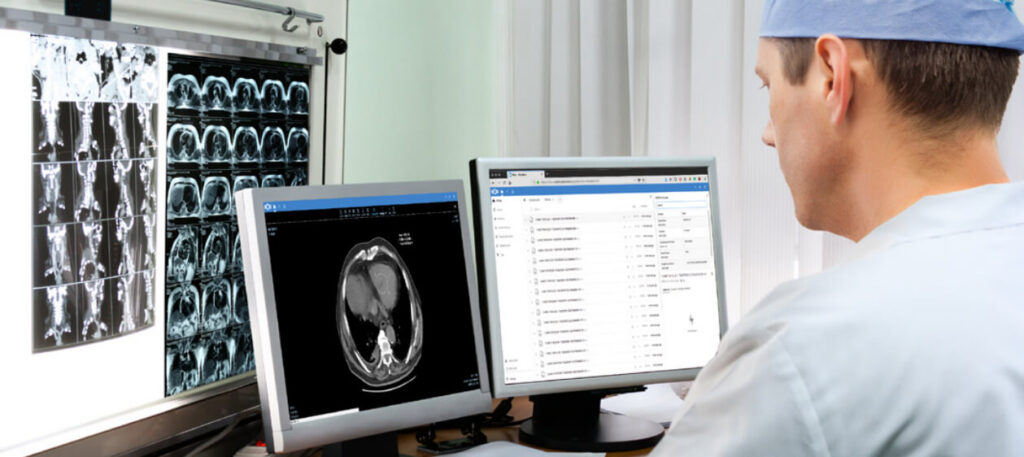Medical imaging heavily relies on DICOM file standards to store and transmit scans like X-Rays, MRIs and CT imagery as digital records accessible across healthcare networks.
However, actually viewing these visual assets traditionally requires workstation software installs.
But growing remote diagnostics demand is spurring newer zero-footprint DICOM viewers accessible instantly via web browsers without local clients.
When can such universal zero-install platforms replace aging readout tools? Let’s examine what’s needed to make this revolutionary free DICOM viewer online access model ubiquitous.
Current Challenges With Medical Image Viewing
DICOM (Digital Imaging and Communications in Medicine) is a worldwide imaging standard that encapsulates medical scans along with metadata like patient demographics and clinic details into consistent file structures.
This format is critical as imaging hardware from MRI scanners to radiology tests are highly specialized.
However, interacting with DICOM images has historically required PACS (Picture Archiving & Communication System) software suites.
Downloading and configuring these complex viewers is resource-intensive, creating accessibility barriers:
- Technicians cannot access imaging studies remotely without client software. This hampers critical diagnostics.
- Patients struggle to share test results with doctors on different PACS platforms due to compatibility issues.
- Smaller clinics eschew potential imaging tech benefits due to high viewer licensing costs.
There is tremendous value in democratizing DICOM study access beyond restrictive PACS viewers to spur imaging adoption.
The Promise of Lightweight DICOM Viewing
Universal zero-footprint DICOM viewers would resolve multiple constraints faced by traditional PACS:
- Instant remote study viewing – Technologists can diagnose imagery securely via browsers without installation. Patients gain flexibility when seeking second opinions too!
- Cost-effective scalability – Cheaper archives hosting viewer code snapshots can now also hold image data at global scale.
- Compatible sharing – Common renderer logic avoids format conflicts when pooling studies across platforms.
Several dedicated decoders like Free DICOM Viewer Online tools are early attempts at enabling web-based workflows. The latest browsers also natively support rendering medical imagery.
Maturing Approaches to Zero-Install Access
Early web viewers rely on JavaScript DICOM parsing libraries like Cornerstone to display studies in HTML.
However, this struggles with many advanced visualizations. Vendors now focus on using WebAssembly instead for better performance:
- WebAssembly executes decoding logic closer to native speeds while leveraging browser security models. Studies show it outperforms JavaScript by nearly 20X in benchmarks.
- Streaming innovation also reduces delays when transmitting huge 3D imagery over web sessions through granular rendering.
- Modern web frameworks and progressive web apps caching also lead to responsive UIs on par with desktop experiences.
Therefore, continued innovation is rapidly overcoming initial shortcomings to make cloud-based DICOM viewer scalable across varied clinical and patient needs.

The Road Ahead to Mainstream Adoption
While maturing technical capabilities power zero-footprint DICOM access, updating complex healthcare data workflows also needs careful change management for successful mainstream adoption:
- Gradual integration – Transitioning linearly from legacy software to cloud-native systems is easier organizationally. Hybrid compatibility enables this gradual shift.
- Clinical user input – Continually incorporating doctor and technician feedback ensures viewers address genuine functionality gaps rather than just technological constraints while iterating.
- Security validation – Must extensively audit new risks from network pipelines against protected health information compliance needs before rollout.
Therefore, a three-pronged approach covering architecture, software and policies promises smoother transformations that leverage improved technical viability for better clinical outcomes.
Through focused execution in the coming 3-5 years as outlined above, universal lightweight DICOM viewers can potentially overtake traditional PACS, fulfilling their disruptive promise to democratize medical imaging reach.


